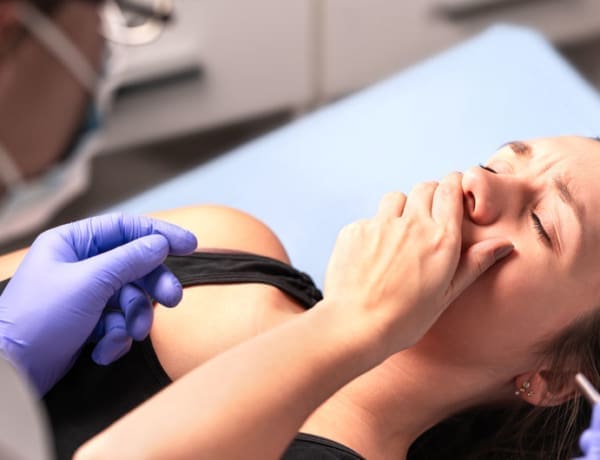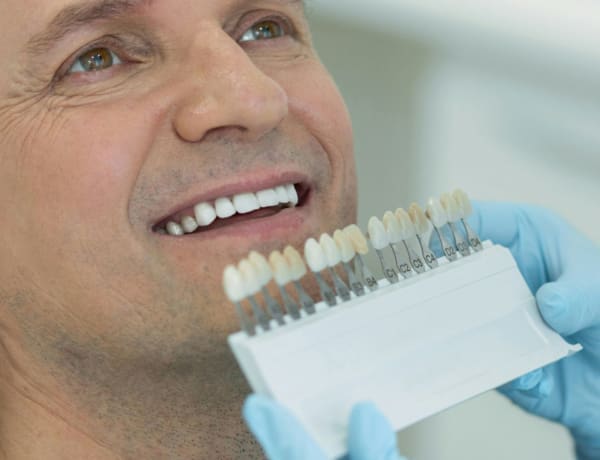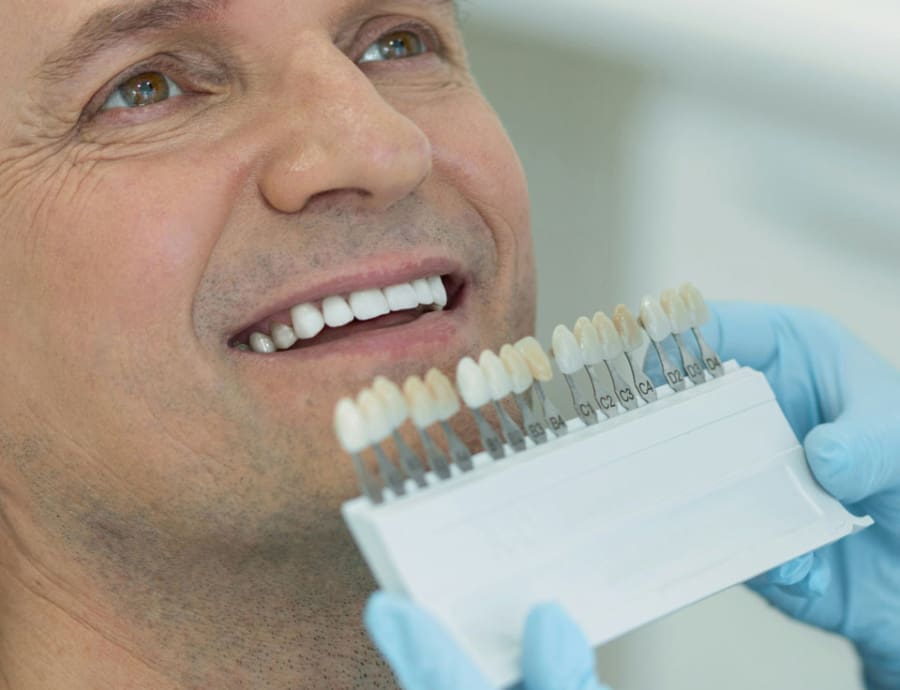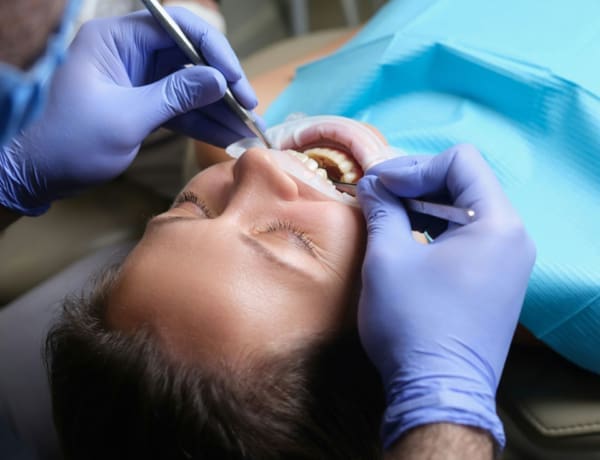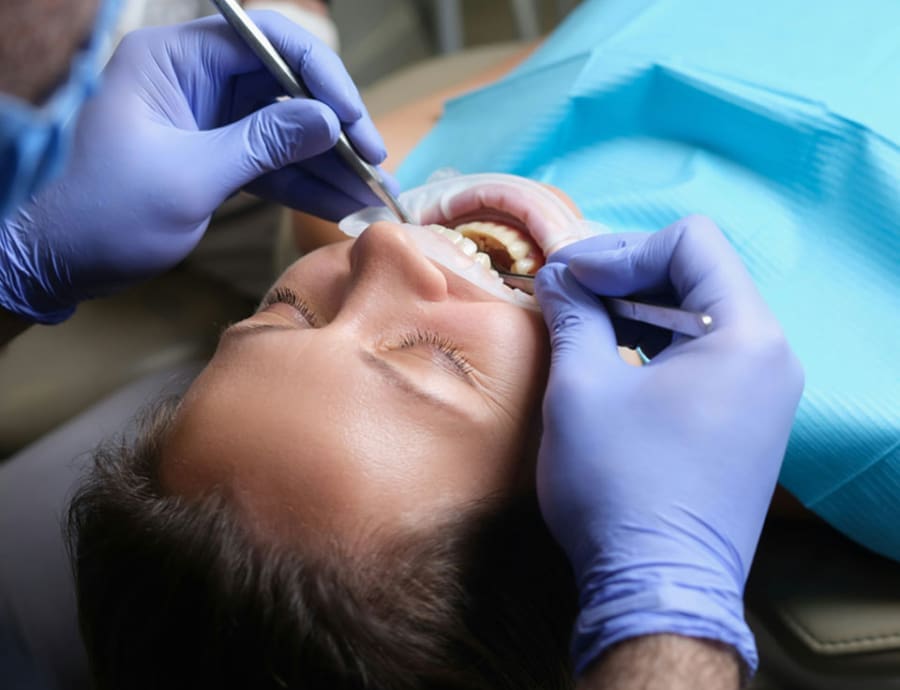Inlays and onlays are generally used to treat moderate tooth decay that is too extensive for a filling but not severe enough for a crown. They can be used to address cracked or fractured teeth that do not affect the entire tooth structure. Teeth that have been previously restored with large fillings that need replacement for better durability and aesthetics can also be treated using inlays or onlays.

Inlays & Onlays
Inlays And Onlays At Manningtree Dental And Implant Centre.

Inlays And Onlays At Manningtree Dental And Implant Centre.
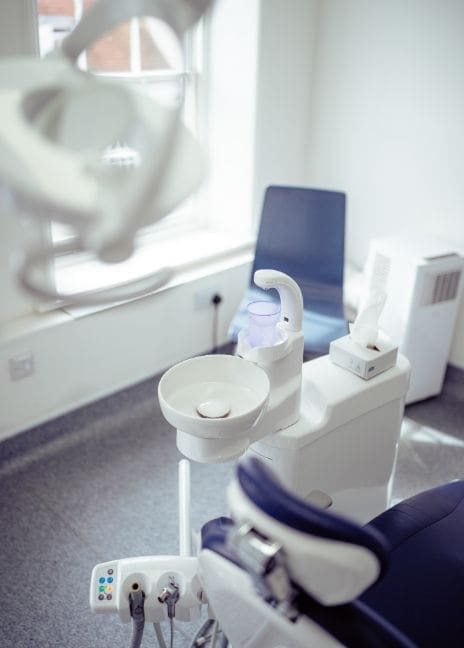
At a Glance
Expected results
Repair damaged teeth
Treatment time
Up to 60 minutes
Anaesthetic
Local anaesthetic
Longevity
10-20+ years
Overview
Inlays and onlays are dental restorations used to repair damaged or decayed teeth. They are custom-made from materials such as porcelain, composite resin, or gold, and are designed to fit precisely into the affected area of a tooth. Inlays fit within the grooves of the tooth, while onlays extend over the cusps.
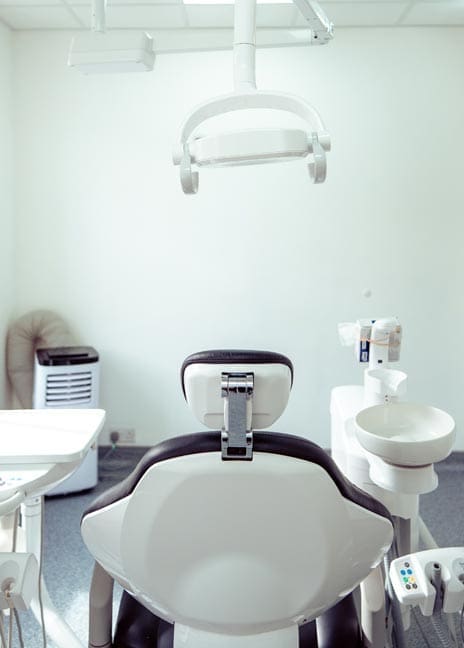
What Are Inlays And Onlays Used To Treat?
The Treatment Process
The process for getting inlays and onlays typically involves the following steps:
Initial Consultation and Assessment
Manningtree Dental and Implant Centre’s experienced dentist will examine your tooth, take X-rays, and determine if an inlay or onlay is the best treatment option.
Tooth Preparation
The damaged or decayed portion of the tooth is removed, and the tooth is cleaned and shaped to prepare for the inlay or onlay.
Impression and Temporary Restoration
An impression of the prepared tooth is taken to create a custom inlay or onlay. A temporary restoration is placed to protect the tooth while the permanent one is being made.
Fitting and Bonding
Once the inlay or onlay is ready, the temporary restoration is removed. The inlay or onlay is fitted, checked for proper fit and bite, and then permanently bonded to the tooth using a strong dental adhesive.
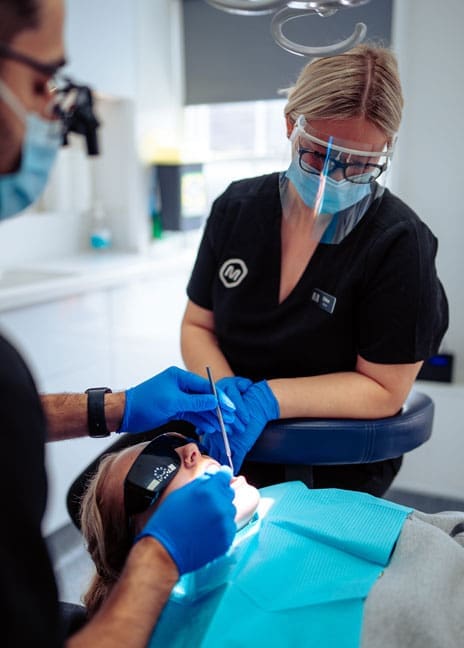
Treatment Aftercare
After the inlay or onlay has been fitted, proper aftercare is essential to maintain their longevity. Manningtree Dental and Implant Centre’s highly trained dentist may advise the following:
- Maintaining good oral hygiene by brushing and flossing daily.
- Avoiding hard or sticky foods that could damage the restoration.
- Attending regular dental check-ups to monitor the condition of the inlay or onlay and your overall oral health.
Treatment Fees
We believe in clear and upfront pricing for all our services. Our detailed price list is available to help you understand the costs associated with each treatment. We strive to ensure there are no hidden fees, providing a transparent overview so you can make informed decisions about your care. The fee list is a guide; and will be determined by the clinician in charge of your oral care or facial aesthetics.
From
£812.50
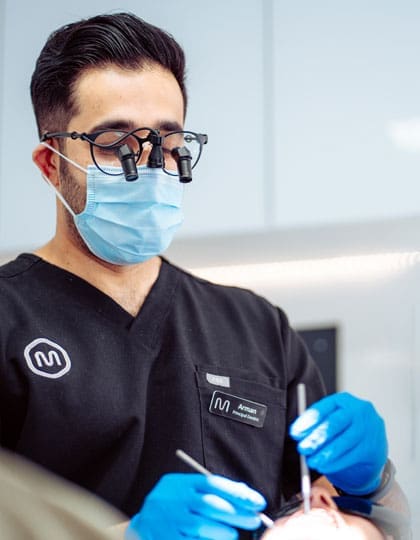
FAQs
What is the difference between an inlay and an onlay?
An inlay fits within the grooves of a tooth and does not cover the cusps (the pointed parts of a tooth). An onlay, however, extends over one or more cusps of the tooth. Both are custom-made restorations used to repair moderate tooth damage and decay.
How long do inlays and onlays last?
With proper care, inlays and onlays can last between 10 to 20 years or even longer. Their longevity depends on factors like oral hygiene, dietary habits, and regular dental check-ups. They are made from durable materials designed to withstand the pressures of chewing and biting.
Are inlays and onlays better than traditional fillings?
Inlays and onlays are often more durable and provide a better fit than traditional fillings. They can strengthen the tooth structure and are less likely to shrink or wear down over time. Additionally, they offer a more natural appearance, making them a preferable option for restoring visible teeth.
What materials are used for inlays and onlays?
Inlays and onlays can be made from porcelain, composite resin, or gold. Porcelain and composite resin offer a more natural look that blends with your teeth, while gold provides exceptional durability. The choice of material depends on your specific needs and preferences, as well as the dentist’s recommendation.
What can I expect during the recovery period after getting an inlay or onlay?
After the procedure, you may experience some sensitivity or discomfort, which usually subsides within a few days. It’s important to maintain good oral hygiene and avoid hard or sticky foods that could damage the restoration. Follow any aftercare instructions provided by your dentist to ensure proper healing and longevity of the inlay or onlay.
Meet The Team
From our friendly front desk staff to our experienced dentists and hygienists, we’re all here to help you achieve your best smile.
Dr Luc Wei Xian Ho
GDC No. 289566
Dr Jia Shang Lau
GDC No. 289695
Dr Chanvir Singh
GDC No. 302736
Dr Chandni Nakum
GDC No. 283625
Dr Casey David
GDC No. 272144
Dr Calin Georgian Berrange
GDC No. 296264
Dr Anna Heaton
GDC No. 309360
Dr Angela Aggarwal
GDC No. 79734
Dr Ahmad Nazir
GDC No. 319135
Dr Luc Wei Xian Ho
GDC No. 289566
Dr Jia Shang Lau
GDC No. 289695
Dr Chanvir Singh
GDC No. 302736
Dr Chandni Nakum
GDC No. 283625
Dr Casey David
GDC No. 272144
Dr Calin Georgian Berrange
GDC No. 296264
Dr Anna Heaton
GDC No. 309360
Dr Angela Aggarwal
GDC No. 79734
Dr Ahmad Nazir
GDC No. 319135
Thoughts from our Patients
At Manningtree Dental, our patients are at the heart of everything we do. Hearing your experiences not only helps us grow but also inspires others to choose the best care for their smiles.










